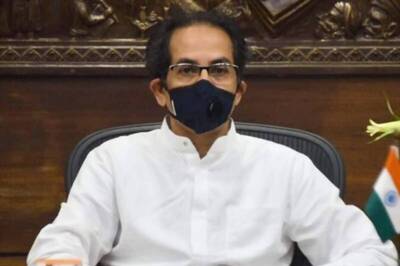
views
Domestic rating agency Icra has said states with higher patient count, returning migrant labour and daily wagers, as well as greater dependence on GST compensation, will face sharper risk of fiscal slippages this fiscal and has projected around 23 percent spike in combined borrowings at around Rs 7.8 lakh crore.
The fear of massive fiscal slippages by the states was visible from the spike in interest rates that the states were forced to offer on their first tranche of the market borrowings on Tuesday with states like Kerala which has been leading the Covid fight, paying as much as 8.96 per cent on its Rs 6,000 crore borrowing.
Such arcing of debt has forced the Kerala finance minister to seek the issuance of pandemic bonds.
An SBI Research earlier the week backed monetizing the public debt this fiscal and also launching a Covid bond.
In a report, Icra has estimated a 25-30 per cent rise in net state development loan (SDL) issuance to Rs. 6.2-6.4 lakh crore in FY2021 from around Rs 5 lakh crore in FY2020, following the negative impact of the Covid-19 pandemic on their revenue, even as their expenditure is likely to expand to address the crisis.
With SDL redemption estimated at around Rs 1.4 lakh crore in both these years, we forecast gross SDL issuance to expand by 19-23 per cent to Rs 7.6-7.8 trillion in FY21, from Rs 6.3 lakh crore in FY20, says the report.
It has further warned that the states with higher number of Covid-19 infections, returning migrant labour and daily wagers may undertake a sharper step-up in their expenditure, while those with a larger dependence on GST compensation could experience greater revenue stress, enlarging their risk of fiscal slippage in FY2021.
The risk of fiscal slippage is likely to be higher for states, which have a larger number of Covid-19 patients, as they may have to significantly ramp up spending on health-related services to contain this outbreak.
Moreover, states which have seen return of a massive number of migrant labourers, and which have a sizeable number of daily wagers, could see a sharp rise in their revenue expenditure in FY21, if they choose to extend food and/or income support to such people.
The report also notes that gross tax collections of the Centre are set to undershoot the revised estimate of Rs 21.6 lakh crore by Rs 1.2-1.3 lakh crore. This would entail lower tax devolution to the states to the tune of Rs 42,000-55,000 crore, which would be adjusted in FY21.
Additionally, the FY21 estimate of gross tax revenue of the Centre at Rs 24.2 lakh crore is also likely to be considerably lower, given the impact of the lockdown on economic activities. Therefore, the actual central tax devolution to the states in FY21 is expected to be significantly lower than the FY21 budget estimate of Rs 7.8 lakh crore.
The house economists at SBI feel that in the current scenario when market appetite is already low it seems difficult how large borrowings will be carried out.
Thus, it is imperative that government monetise its deficit with RBI subscribing to the primary issues of the g-secs and fulfill the supply-demand gap in FY21, the SBI report said.
In FY2019-20, total borrowing by the Centre and states were at Rs 13.5 lakh crore--Centre at Rs 7.1 lakh crore and states at Rs 6.4 lakh crore. Given at least estimated 4 per cent slippage in GDP or worth Rs 8 lakh crore, the Centre and the states are expected to borrow close to Rs 20 lakh crore in FY2020-21.
Thus it's a must that RBI monetises the deficit, using the national calamity clause given the stressed market absorption capacity. This number must be anywhere between 2.5-3 percent of GDP and shown separately as an off balance sheet item in budget like a Covid bond, which can send a good signal to the market that the unprecedented move is temporary, concludes the SBI Research report.

















Comments
0 comment